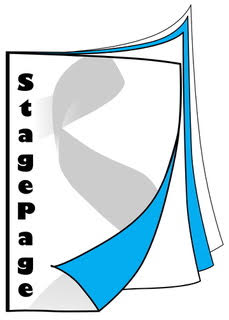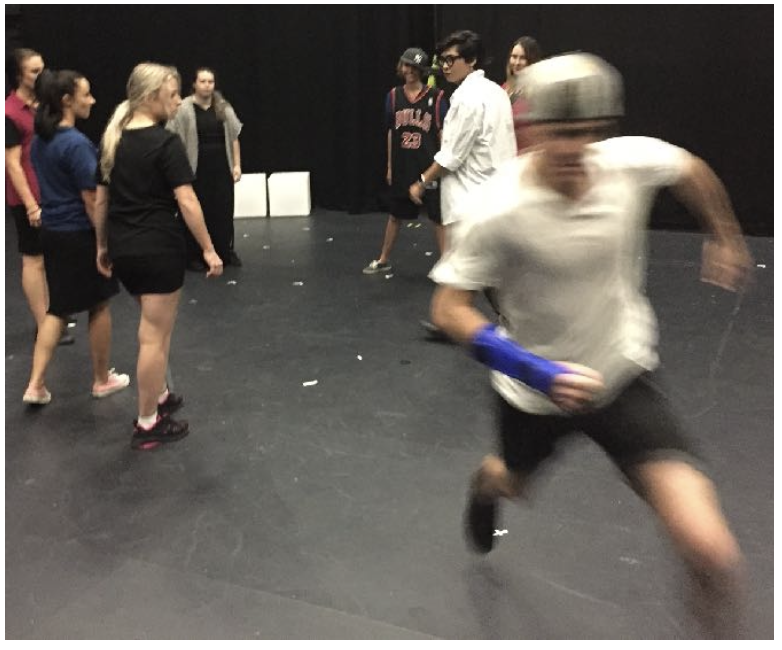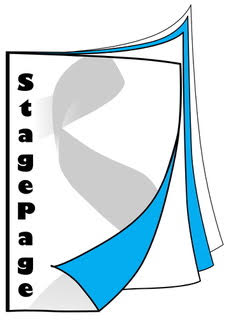Music Monday - COVID 19
/I’ve been joining many online meetings and discussion groups for the past week in the quest of finding the most effective ways to structure teaching and learning in music during these pandemic days.
What follows is this week’s discoveries. Use them, add to them, discard them. Whatever works for you:
Zoom seems to be the universally favoured platform for music classes, especially for sound quality. (Of course not all institutions or systems use zoom so we are all bound by our individual situations.) By checking out the various functions on zoom (especially the ‘disable background noise’) you can greatly enhance its capability.
Microphones which plug straight into your laptop greatly enhance your sound quality. One example is the Yeti Blue (about $AUD180). (It doesn’t need an audio interface.)
Many studio music teachers are speaking very highly of the My Music Staff app.
Group classes which involve any unison singing are best done with the participants’ microphones on mute. Not ideal I know but they can model from your singing.
Call and response has become my new best friend. In normal face to face teaching I use it with younger students and in group classes. Now I find that I am using it in almost every situation, particularly when teaching new song repertoire. I play a phrase. I then sing the phrase. The student sings back and I can check musical accuracy and tone placement and technique. I imagine this would work with most instrumental teaching too. In group classes, although I would have the students sing ‘back’ with mics on mute, they could then email individual performances of the material (audio or video) for checking by the teacher.
And to finish this week’s post, something to make you smile – with thanks to drama teacher John Foreman.
From Science Humor
Drama Term Tuesday #43
/Stillness
Not moving or making a sound. In drama rather than indicating absence of movement, effective stillness implies dramatic tension, anticipation, implied action waiting to happen.
Excerpt from Drama Key Terms and Concepts.
Music Monday - COVID 19
/Well what a fortnight it has been. As the Covid-19 pandemic escalates, schools have closed across Australia and higher levels of social distancing brought into force across the country. Stores have lines and markers on the floor to indicate where the customers can move and stand. All of society is impacted. When I visited a music store last week the entrance was secured until the staff member had asked me the reason for my visit.
And in the midst of this, music teachers at primary, secondary and tertiary levels are on a very steep learning curve as they try to figure out ways of teaching their classes, individual instrumental and vocal lessons, vocational courses and everything else in between.
One of my primary music specialist friends shared that she had taken all day to figure out a plan for online pre-primary music learning – in a school where a number of families do not have access to internet at home.
My singing teaching colleagues are finding that the lag on platforms such as Zoom, Webex, Facetime etc means that the standard practice of playing warmups and song accompaniments live while the student sings simply doesn’t work anymore. (It seems that instrumental teachers have more success where they are less reliant on an accompanying instrument.)
My teacher friends who are also parents of school-aged children now find themselves juggling music lessons online with their own kids’ schoolwork.
There is also a real risk of a further social divide during these times – students of more affluent parents being more likely to have greater access to online resources while at the other end there will be students who slip through the net.
Here at StagePage we are committed to bringing you a weekly update on what we have learned and sharing any resources we think might help during the pandemic.
We welcome your contributions too- either through the comments section below or by email or private message. We will always acknowledge you.
Many musicians and music teachers have lost all or part of their income. Let’s look out for their presence online and support it where appropriate.
We look forward to hearing from you.
Stay safe and well – and keep making music.
Media Term Thursday #42
/Authority figure
A character ‘type’ used in media narratives and advertising who the viewer/consumer is positioned to relate to positively and ’look up to’.
Examples include doctors or scientists in advertisements, standing in their white coats in a laboratory setting, endorsing a particular shampoo and the hours of research behind its production. We believe in the authority of that person.
Others would be newsreaders, experts, religious leaders and long-established/ much-loved characters in a television drama.
Excerpt from Media Key Terms and Concepts. Continue the conversation on facebook and twitter.
Media Term Thursday #41
/News
Information about recent important events. Reported in newspapers, radio, television and the Internet. Events may be local, national or international and are usually investigated and presented or written by journalists or reporters.
As a television genre, the news follows conventions in structure, language and visual presentation. The news begins with recognisable and often dramatic theme music followed by the newsreaders introducing themselves and giving a brief summary of the news items to be covered. The most dramatic and important stories (with vision) are shown first, followed by local interest stories, sports and weather.
News reports need to be accurate, concise and objective and often include quotes, statements from experts, emotive words and phrases, and descriptive language.
News stories are constructed to give the facts about who, what, when, where, why and how, in the order of most important information down to the least important.
Excerpt from Media Key Terms and Concepts. Continue the conversation on facebook and twitter.
Drama Term Tuesday #42
/Applause
The clapping of hands as an expression of approval. Conventionally there is a round of applause at the end of a play so as to acknowledge and thank the actors and production team for their work.
Excerpt from Drama Key Terms and Concepts. Continue the conversation on facebook and twitter.
Music Monday
/Covid 19. It is impossible to open a newspaper, turn on the television, scroll through social media or visit a supermarket without being confronted by the fear being experienced by so many in communities across Australia and the world.
As music teachers we face our own challenges- Our teaching is very hands-on. Many of us teach in relatively confined spaces – in which it is very difficult to implement the recommended 1.5 metres of separation between students. In the primary music classroom musical instruments are shared. Our students are increasingly anxious. And there is uncertainty about whether schools will close with online lessons a possibility.
While all the above is understandably stressful for music teachers, spare a thought for our freelance, sessional and gigging musician colleagues. Usually unsalaried, our colleagues in this sector (along with other performing artists) face months of cancelled gigs and significant loss of income.
If you are a salaried music teacher please consider:
1. Instead of claiming refunds for cancelled concerts, donate your ticket money instead.
2. Use the opportunity to hire a freelance musician to record backing tracks for your classes.
3. Ask your freelance musician friends and colleagues if they are okay; if there is anything you can do.
Stay well everyone. Wash your hands and don’t touch your face!
Drama Term Tuesday #41
/Memorising
The act of committing a text to memory so that an actor can deliver the story fully and accurately every performance. Almost always actors need to memorise their lines and moves in a play. They do so in a range of ways.
learning the ideas and their interconnectedness, the story of the lines;
saying the lines aloud rather than in the head associating the line with the specific movements of the action;
associating and remembering the feelings that the words and images create, not just the words; actioning the words
seeing all of the lines in a scene as one whole with its beginning section, middle section, and concluding section and its dramatic progression;
figuring out what the character is actually saying when he/she says what he/she says;
using mnemonic devices to help remember lists, such as anagrams, rhymes, silly sentences etc;
making a tape of the lines that can be listened to repeatedly.
Excerpt from Drama Key Terms and Concepts. Continue the conversation on facebook and twitter.
Music Monday
/Recently I heard a news report about a local city council in Western Australia implementing a program to teach and encourage teenagers to put aside their mobile phones and devices and relate to each other person to person. The program so far has had an enthusiastic response from the trial study participants who are now talking to friends in their school break periods rather than sitting together texting each other or others.
It is a sad downside of our modern tech-driven world that skills like these need to be taught; however it did set me thinking about the importance of the Arts – and music in particular – in engaging young people person to person.
At one of my teaching campuses the high school students are music theatre specialist kids. In rehearsal there is enormous connection with each other and the director, choreographer and music director. Phones are used for recording difficult musical phrases or videoing sections of tricky choreography but relationships are based on shared hard fun – person to person.
Arts teaching at its best is hard fun. It is a people activity and practice. And nowadays more than ever it is so fundamentally important to children’s education!








